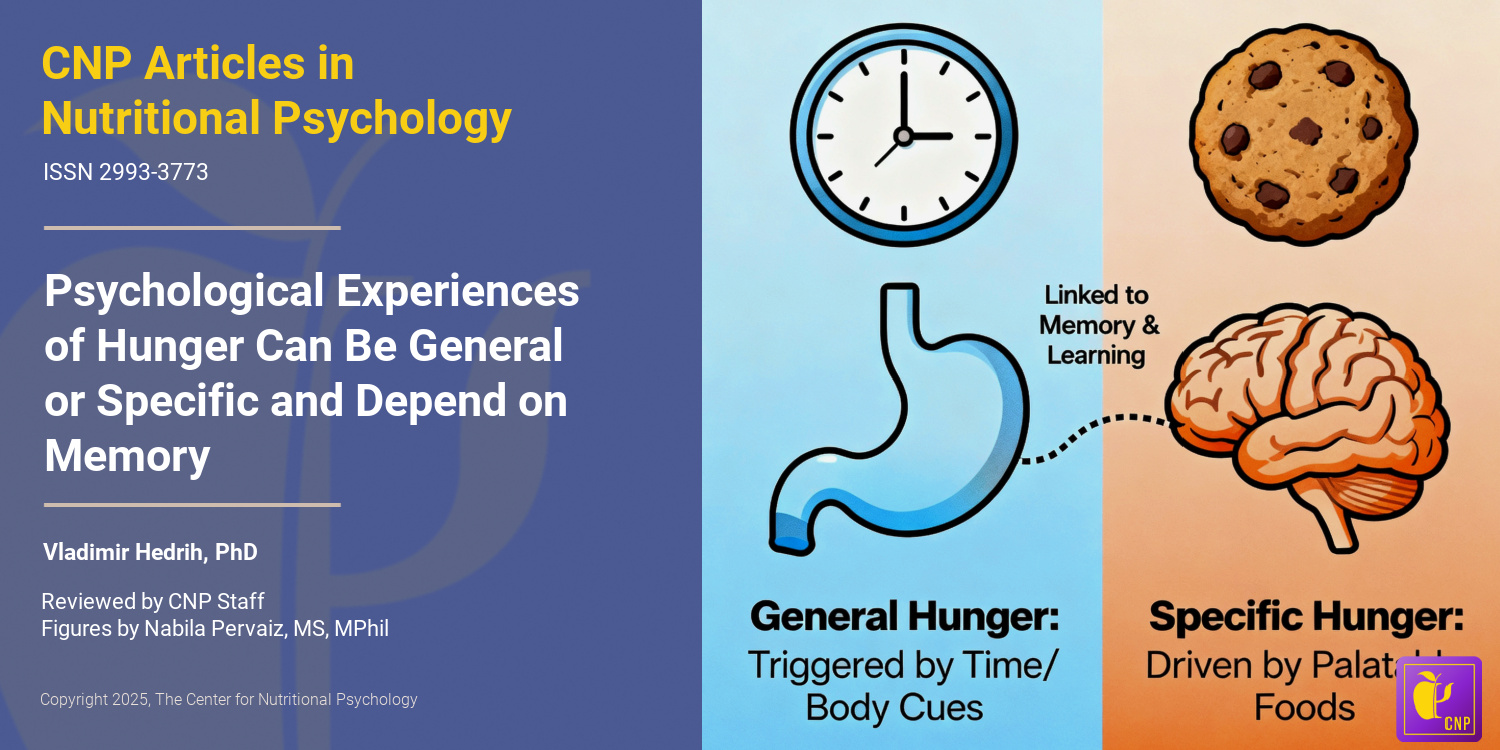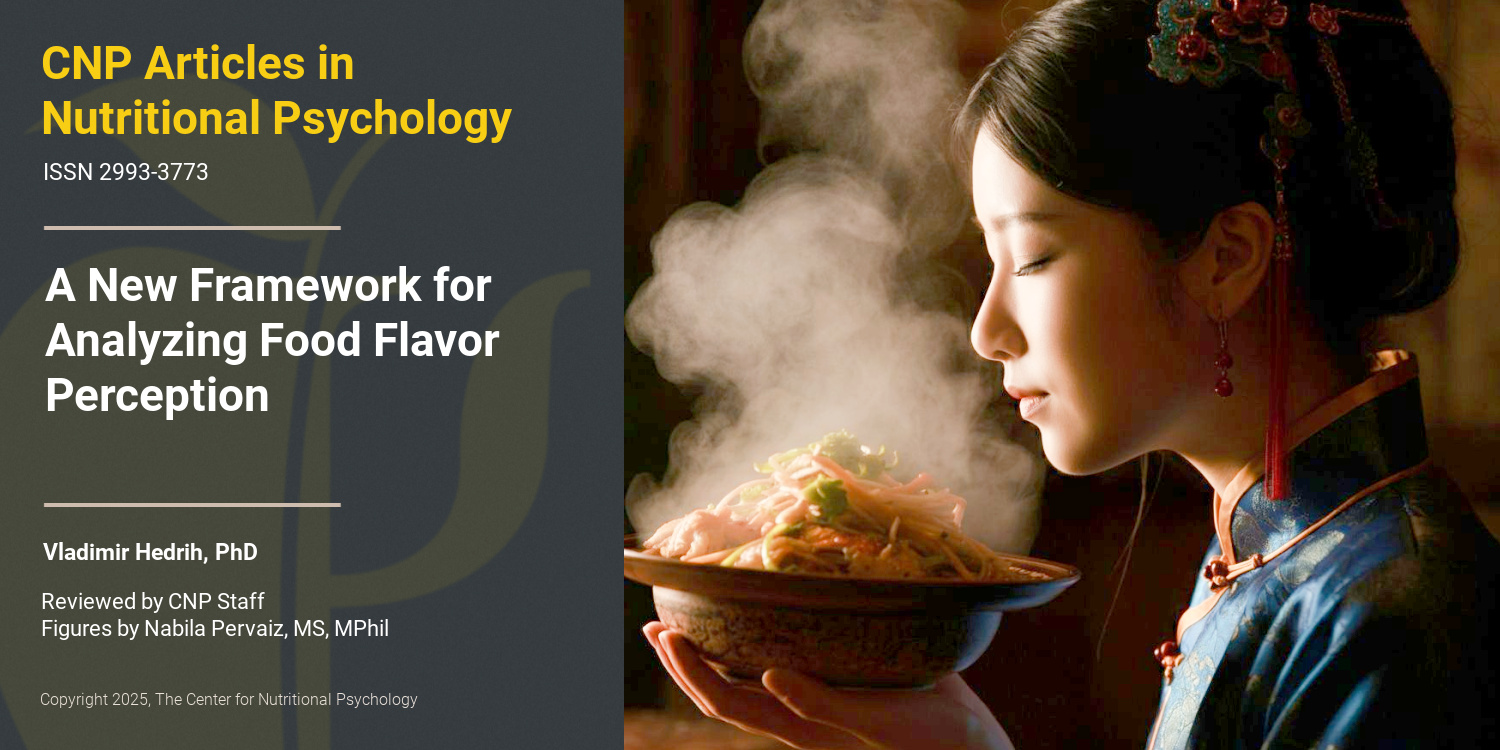Astringent flavanol fires the locus-noradrenergic system, regulating neurobehavior and autonomic nerves
Astringency, a property of select polyphenolic compounds, has been linked to significant neurophysiological effects, particularly in the context of flavanols (FLs). Large-scale intervention studies indicate that FLs can restore hippocampal-dependent memory functionality. However, the low bioavailability of these compounds complicates the understanding of their mechanisms of action. This research elucidates the pathways through which FLs influence the nervous system via the gastrointestinal tract. In a controlled study, mice administered a single gavage dose of FLs exhibited enhanced spontaneous motor activity in open-field tests and improved short-term memory in novel object recognition tests. Notably, this enhancement was accompanied by activation of stress response systems, specifically the sympathetic-adrenal-medullary and hypothalamic-pituitary-adrenal axes, evidenced by increased urinary catecholamines and elevated corticotropin-releasing hormone mRNA in the paraventricular nucleus. Utilizing mass imaging and in situ hybridization, the study identified a surge of noradrenaline (NA) from the locus coeruleus to the hypothalamus and brainstem immediately following FLs administration. This uptick in NA is posited as a contributing factor to the observed improvements in memory, arousal, and sympathetic nervous activity. Additionally, an increase in NA within the nucleus accumbens was noted, correlating with visceral sensations triggered by oral administration of FLs. These findings underscore the role of astringent flavanols as stimulants of brain function and autonomic nervous system activity through gastrointestinal engagement, thereby emphasizing the significance of sensory food properties in maintaining homeostasis and promoting overall human health. [NPID: Astringency, polyphenol, neurophysiological, memory, sympathetic nervous system, brain, gastrointestinal]
Year: 2025
 Navigation
Navigation









